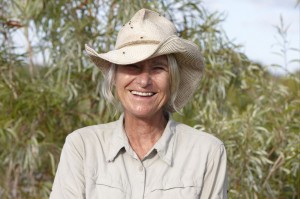Picturing Kimberley’s Past: Megafauna, Boat People and Changing Economies
Dr June Ross
Adjunct Professor, Dept Archaeology & Palaeoanthropology, University of New England
The first boat people to settle on the mainland of Greater Australia (Sahul) arrived more than 50,000 years ago. The proximity of the Kimberley coastline to the scattered islands of South East Asia makes it a likely beachhead for these original settlers. Today, the beauty and scope of early Kimberley rock art is universally acknowledged as one of the most significant in the world.
Early Kimberley rock art provides our only visual record of the body ornaments, hairstyles, weaponry and other items made with organic materials that have long since rotted away in the acidic soils of northwestern Australia. The archaeology and extensive rock art assemblage of the Kimberley hold the key to identifying the timing and methods by which people first crossed the seas from Sundaland to Sahul. They also provide a means for establishing the credibility of claims for the coexistence of these early arrivals with elusive megafaunal species.
Our analyses demonstrate the changing role that the production of rock art has played in the lives of Aboriginal people; first, in mediating dynamic environmental conditions from the peak of the last ice age into the last few thousand years, and second, in identifying changes in the social structure and religious beliefs of the inhabitants as sea levels rose and population increased.
Numerous theories have been proposed to explain the content and stylistic changes evident in the Kimberley rock art. Some of these have caused division amongst Aboriginal groups and archaeologists alike but all agree that this vast body of paintings holds the potential to answer some of the most significant questions facing Australian archaeologists today. The research potential of this remote and rugged region is just beginning to be tapped.
This presentation will offer new archaeological evidence uncovered by our multidisciplinary research team working in the northwest Kimberley, which provides insights into many of these challenging topics.









